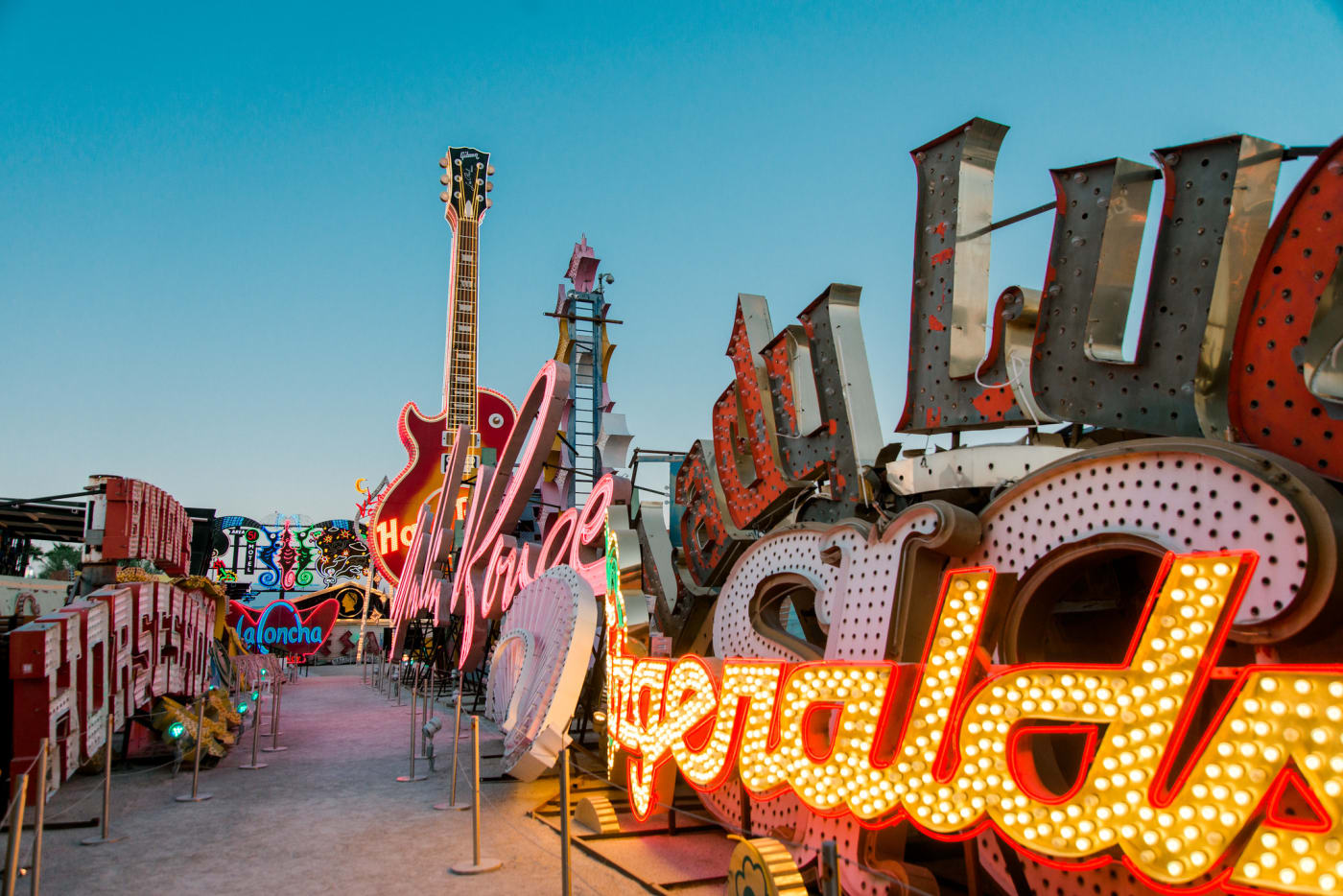In the 1970s John Woodrum bought a motel on the edge of town, so far south on Las Vegas Boulevard that his wife joked it might be on the California side of the border. The Las Vegas Strip, as U.S. Route 91, was once the sole road into town from Southern California, but most drivers were now coming in on the new road, Interstate 15. The gateway to McCarran Airport used to be right next to Woodrum’s motel, but that too had been bypassed by a newer entrance on Paradise Road. Further south of the motel, it was mostly wide-open desert. Sprawling communities like Enterprise and Silverado Ranch did not yet exist.
Out in the middle of the road, as viewed from Woodrum’s motel, was the Welcome to Fabulous Las Vegas Nevada sign. It stood in darkness, its power shut off, looking like a relic from another era. How long had the power been off – weeks, months, years? And why? No one seemed to know.
Signs like these were already on the way out in the 70s. The Strip was beginning to be defined less by neon spectacles and more by high rise towers. The MGM Grand Hotel – then the newest, and largest hotel in the world – didn’t bother with neon. Desert Inn would soon send its old neon sign off to the scrap pile.
But the Welcome sign wasn’t forgotten and John Woodrum might have known this better than anyone. He watched daily as people stopped at his motel and raced across the open road for a picture with the sign. This was decades before it had its own driveway and parking spaces.
So Woodrum did what any proud new business owner would do with a dead landmark in front of the property. He ran a power line out to the sign and fired it up himself. Just like that, let there be light.
As the Welcome sign approaches its 60th anniversary, the lights are still on and it’s never been more celebrated. It has become the undisputed symbol of Las Vegas, recognized around the world. It is the quintessential neon road sign and a staple of American culture.
Those who created the Las Vegas Strip dreamed big and planned for the future but there’s no way they could have foreseen the longevity and iconic status of this one sign. So how did it come to be? We have surprisingly little to go on in answering that question.





